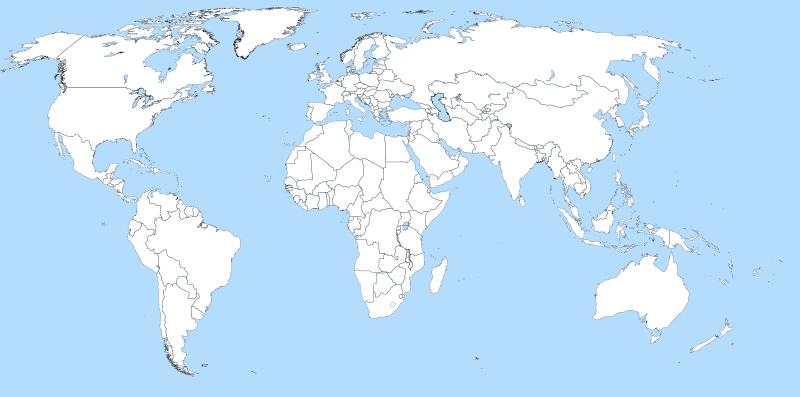
Oceans connect marine mammals across the globe
Biogeography is the study of geographical distributions of living things and how they came to live where they are. To figure this out, biogeographers look at an animal’s habitat, behavior, evolution, habits and any other clues that might help in solving the puzzle.
For marine mammals this is an interesting question. The ocean doesn’t restrict a marine mammal’s movement like those of us stuck on land with mountain ranges to climb or oceans to cross. Technically, a full-time resident of the ocean can go anywhere in the world, yet very few animals bother. According to the Encyclopedia of Marine Mammals, the only two marine mammals who truly live around the world are the killer whale and sperm whale.
So what’s stopping everyone else? Why not get out and see the world or move to the next ocean neighborhood when all you have to do is propel yourself in the right direction with readily available flippers and flukes?
Well that’s not an easily answered question.
Some marine mammals have adapted to specific climates, others migrate great distances and still others possibly just stick to what they know. Why go off swimming great distances when you have access to good local food supplies and are familiar with the territory? Swimming into unknown terrain could lead to encounters with new enemies and an untimely end. Traveling in the ocean isn’t all fun and games.
As for killer whales, they are the ocean’s top predator and must feel comfortable traveling where ever they please. Sperm whales on the other hand prefer the deep oceans where they can hunt giant and jumbo squid.
Most marine mammals following specific migration routes or hang out in certain ocean areas. Even without any barriers in the ocean, it’s more common for marine mammals to stay close to what they consider home. More on why tomorrow…
Leave a Reply